Once the engine room of the French wine industry, the Languedoc is shaking off its cheap and cheerful reputation and emerging as a fine wine region to reckon with, reports Richard Woodard.
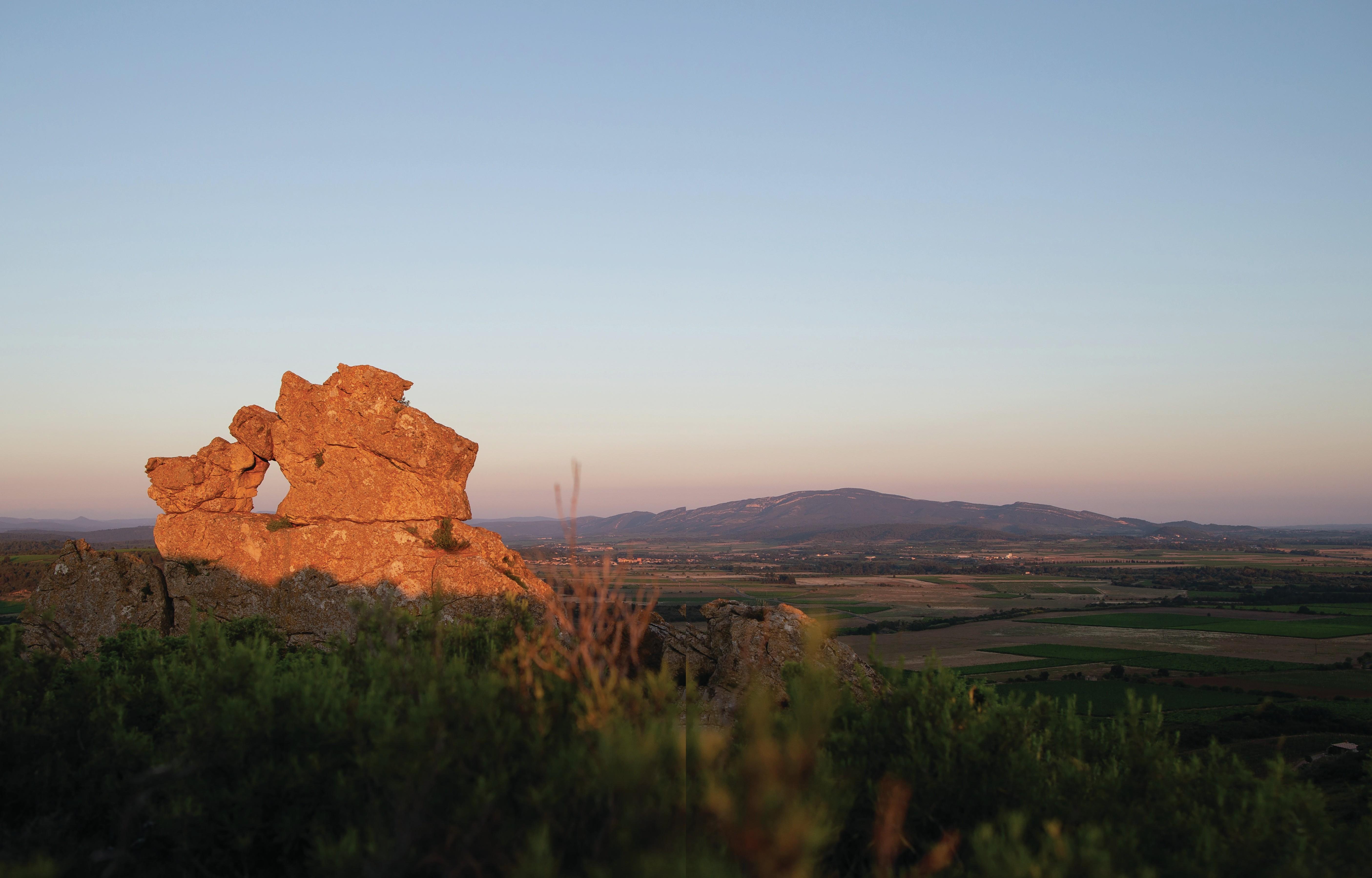
Photo courtesy: JB Roubinet/Famille Fabre
Cyril Codina could be described as the Willy Wonka of vinegar. Visit his base in the picture-postcard medieval village of Lagrasse, southeast of Carcassonne, and you’ll be greeted with the sight of dozens of glass dames-jeannes sweating in the sun: wine vinegars and balsamics infused with all manner of sometimes outlandish flavours: garrigue herbs, caramelised anchovies, Nepalese pepper, chestnut, wild blackberry. The air is thick with the aromas of spices, herbs, fruits and acetic acid – there are roughly 50 individual products on sale and, although Codina claims to be the smallest vinaigrerie in France, it is the biggest in terms of diversity.
That word – diversity – is also a keystone for Codina’s winemaking neighbours in the Languedoc – that vast swathe of the South of France that has for so long driven the volume end of the French wine industry – as it builds its credibility as a fine wine region. “In less than an hour, you can travel from the cool, high-altitude vineyards of the Haute Vallée de l’Aude to the windswept coastal plots of Coteaux de Béziers, each producing a completely distinct style,” points out Edward Vellacott, commercial director at Bijou.
Character and individuality
He adds: “Diversity is the Languedoc’s defining strength. Relying on a single ‘hero’ grape is risky: if consumer tastes shift or a vintage falters, an entire region’s reputation suffers. By contrast, the Languedoc’s breadth of terroirs, climates and grape varieties gives it resilience and allows it to produce fine wines with character and individuality.”
Vellacott’s is by no means a lone voice in the region. “Diversity is without question the strength of the Languedoc,” says Gérard Bertrand, founder and winemaker of the eponymous wine group. “It reflects the richness of our terroirs and allows each to find its emblematic expression – structured reds, gastronomic rosés like Clos du Temple, exceptional sparkling wines such as Aigle Royal de Limoux, or fresh, mineral whites.
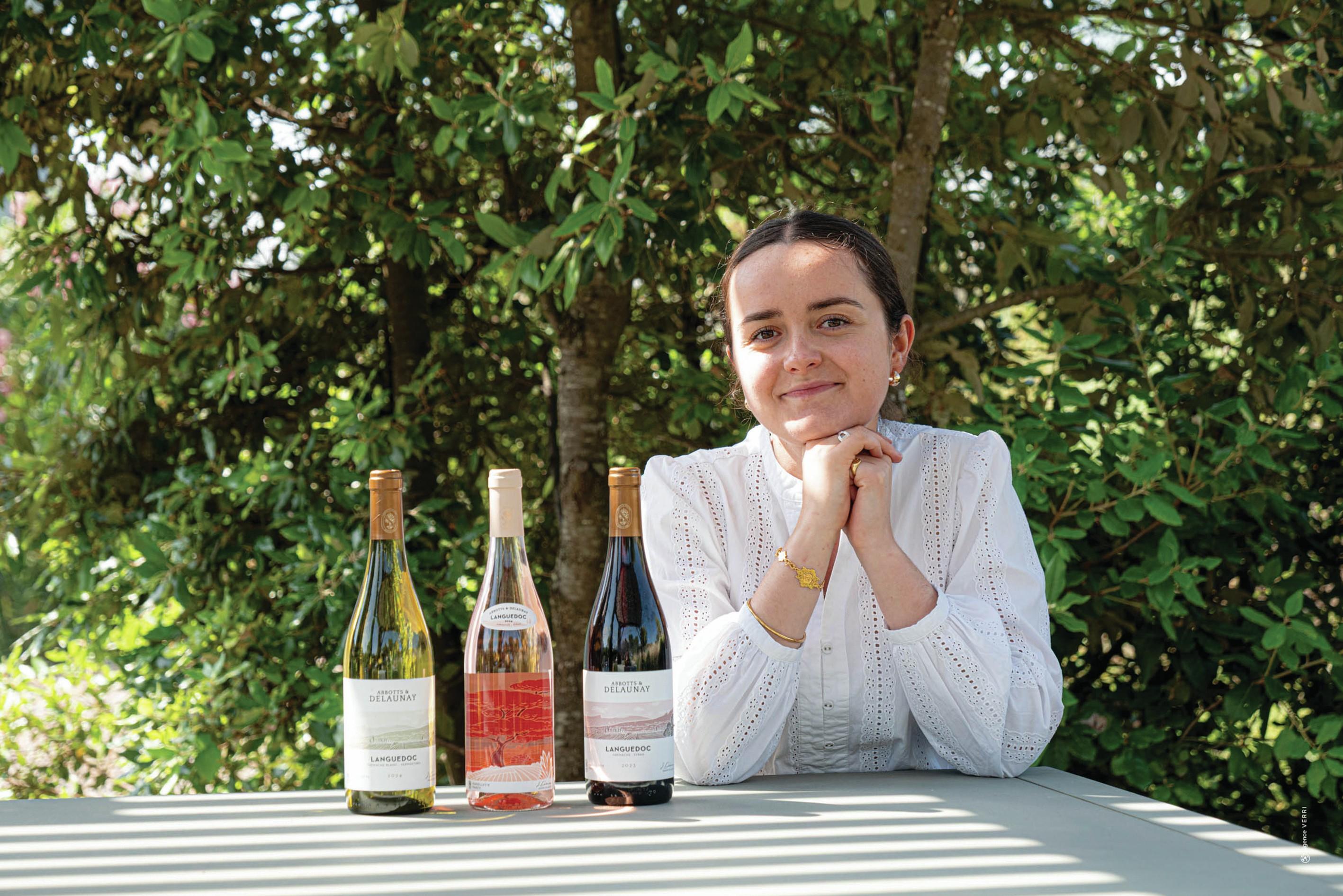
Name game: Jeanne Delaunay is putting her faith in the Languedoc AOP
“This plurality is not a weakness, but the true identity of the region: a modern, dynamic land capable of producing great wines in every style, and of standing proudly among the world’s leading wine regions.”
Doorway to innovation
And, increasingly, diversity walks hand-in-hand with creativity. “The Languedoc is a doorway to innovation,” says Jean-Claude Mas, founder and winemaker at Domaines Paul Mas. “For example, we make great rosé, but are always considered second to Provence. Rosorange (rosé and orange wine fermented separately and then blended) is a great example of innovation, and has really helped to build awareness since we started producing this style just over two years ago.”
That view is supported by Nathalie Estribeau, export manager at Les Vignobles Foncalieu, which has demonstrated a forward-looking approach by planting non-native grapes such as Albariño and working with resistant varieties including Souvignier Gris. “The Languedoc is one of the few regions in the world where you can find such a wide spectrum of terroirs, climates and grape varieties – all within a coherent regional identity,” she says. “Our ‘hero’ is the freedom to create. Pays d’Oc IGP, for example, offers us the flexibility to experiment with international varieties, while our AOPs anchor us in tradition and terroir. Together, they form a unique balance between innovation and heritage.”
Clear communication
With diversity, however, comes complexity. In today’s time-poor world, many consumers crave messages that are easy to understand, tuning out when there is too much to take in. “Diversity is a strength if it is communicated clearly,” says Laurent Graell, co-director at Domaine de la Dourbie. “The Languedoc should not copy Argentina’s ‘one hero grape’ model, but instead showcase its ability to surprise: from mineral whites to light reds, bold blends and experimental styles (like orange wines or carbonic Syrah). That said, the region must highlight a coherent identity: Mediterranean freshness, organic viticulture and authenticity rooted in place.”
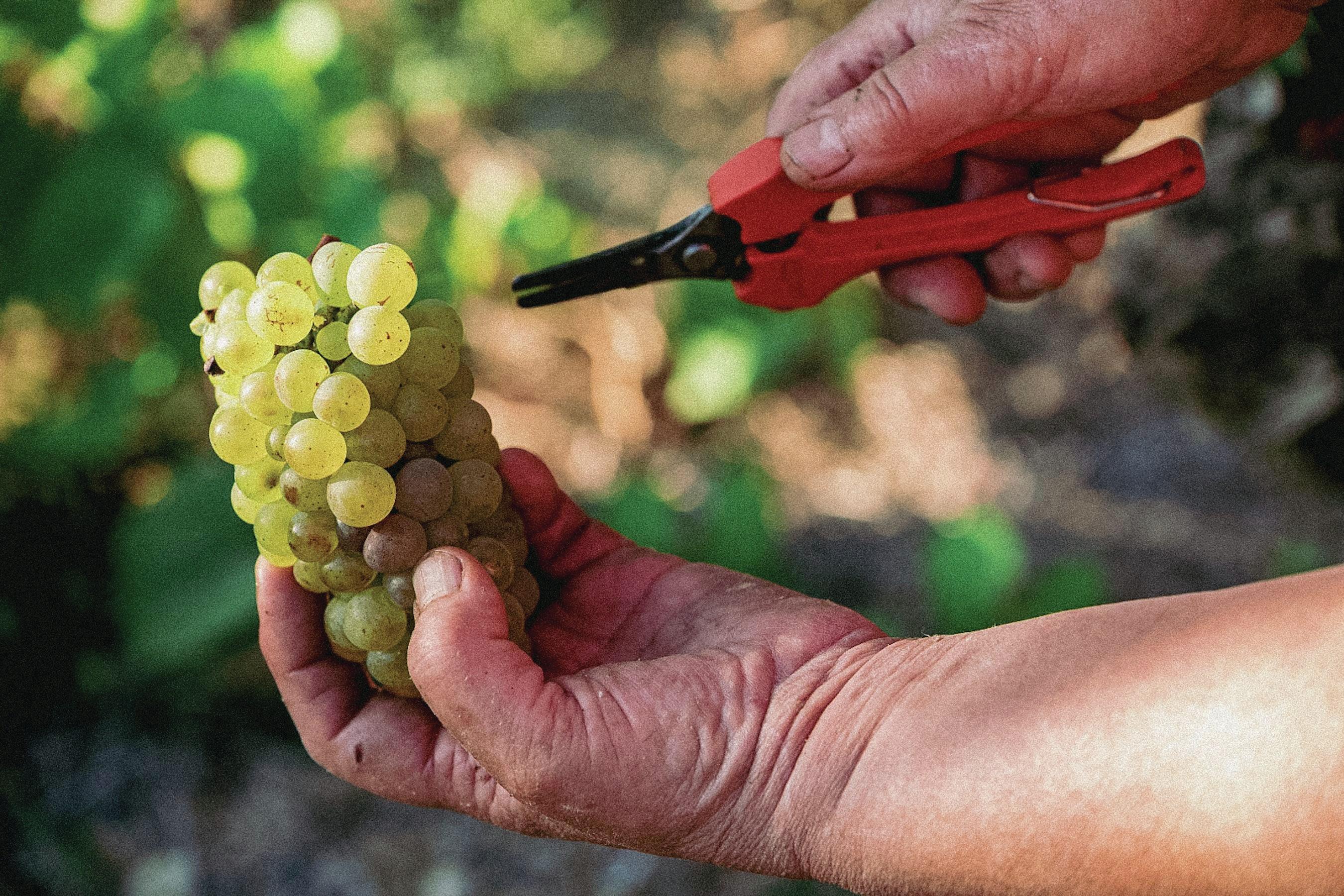
Amid the multiplicity of names, some origins are shouldering their way into the limelight (see box, right). For instance, the new two-strong range from Bonfils Domaines & Châteaux, created in honour of fourth-generation family member Jean-Michel Bonfils, showcases the terroirs of the Terrasses du Larzac and Pic Saint-Loup AOPs, promising complexity, finesse and “structured wines of great elegance”.
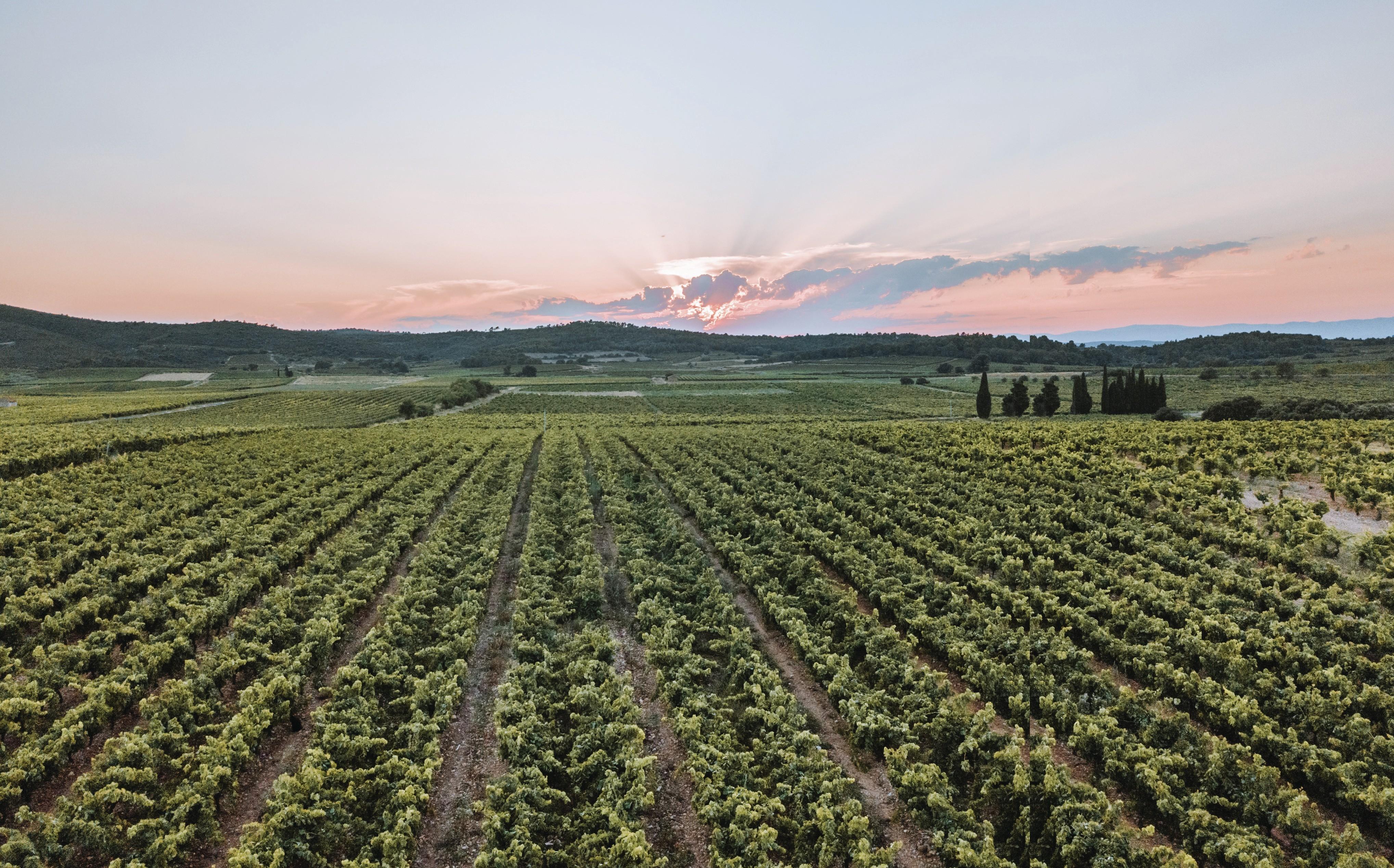
Photo courtesy: Geoffrey Lucas Standard bearer: Gérard Bertrand’s Château de Villemajou makes one of the region’s great red blends
Lessons from Burgundy
At Abbotts & Delaunay, the high-end Languedoc arm of Delaunay Vins & Domaines, the philosophy borrows some ideas from the company’s home region of Burgundy. General manager and winemaker Jeanne Delaunay, in charge since 2023, oversees a base range of wines under the Languedoc AOP – akin to Bourgogne Chardonnay and Pinot Noir in Burgundy – alongside a selection of AOP and single-vineyard wines sourced from the company’s vineyards in Corbières and Limoux, as well as a handful of négoce wines from single sites around the region (St-Chinian blanc, Pic Saint-Loup, Côtes du Roussillon-Villages).
“Abbotts & Delaunay for us is our appellation winery, but we were selling a lot of varietal wines before,” she explains. “AOC Languedoc is a dynamic appellation compared to Corbières and Minervois, that are old appellations and have a reputation fo cheap, not necessarily high-quality wines. With Languedoc there is room to create a good reputation. That’s why we believe in this appellation, because it’s kind of new, kind of modern and also it’s the name of the region, so it’s known.”
There are more Burgundian echoes in terms of the styles of wine produced: Abbotts & Delaunay’s new AOP Languedoc red, white and rosé, which have already secured a trial listing with UK retailer Majestic from the end of October, are mainly sourced from cooler areas such as the bassin de Thau, the Minervois coteaux and the foothills of the Montagne Noire.
Fine wine
In fine wine terms, the focus is on two properties: firstly, Domaine de la Lause, 10 hectares of vineyard close to the Abbotts & Delaunay winery at Monze at the cooler eastern edge of Corbières, close to the Montagne d’Alaric. This is the source of AOC Corbières red and white blends, plus two single-site wines: Chemin Sainte Colombe, from an 80-year-old Grenache Gris vineyard; and La Lause, the domaine’s best parcel of Syrah.
The second property, Domaine de la Métairie d’Alon, located in the hills above Limoux in the Haute Vallée de l’Aude, offers more parallels with Burgundy. From 25ha of vineyard plots dotted around the village of Magrie come a Pinot Noir and a Chardonnay labelled as ‘Le Village’, accompanied by a collection of four single-site wines: Le Palajo Chardonnay, Les Graves Pinot Noir rosé and two Pinot Noirs: the Mediterranean-accented Solaire (north-facing, but in a warm and sheltered spot), and the elegant restraint of La Métairie, which has more than a hint of the Côte de Beaune.
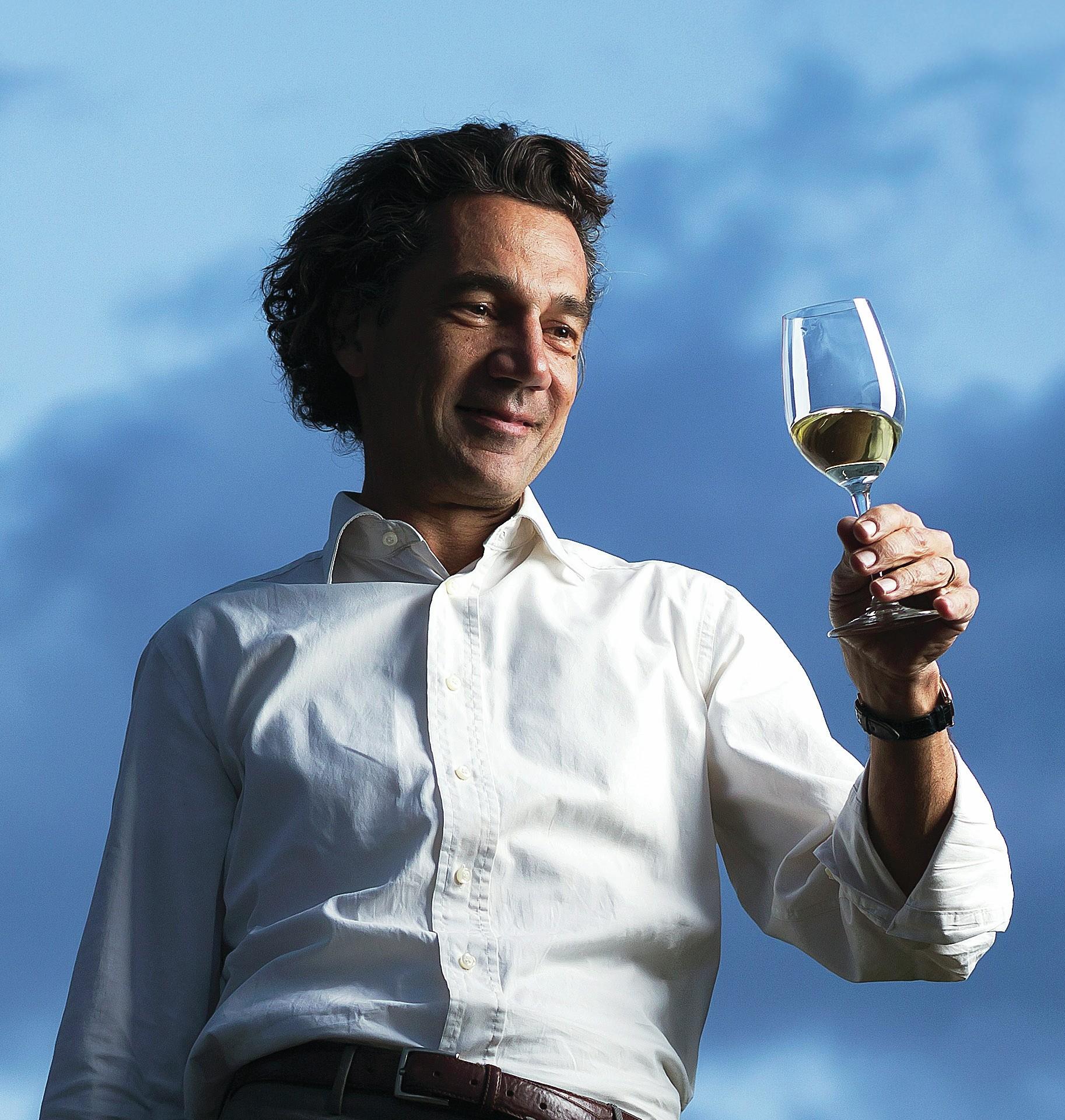
Youth vote: Jean-Claude Mas believes Gen Z could be the target demographic
Journey of discovery
Who will buy these wines, and the many other products that aim to reinforce the region’s quality credentials? “In research we’ve seen, 20 to 30-year-olds have started to drink more wines – so Gen Z is probably the demographic to buy the higher-end wines,” says Jean-Claude Mas. “They don’t like to be told what they like – it’s a journey of discovery for them. We have to make sure we offer what they are looking for, wines that are good for the palate and good for the mind.”
At Bijou, Vellacott believes sommeliers will be “key allies” to promote wines such as Vestige de Bijou, the company’s own Chardonnay and Pinot Noir from Haute Vallée de l’Aude, which will be unfamiliar to many consumers. “Vestige gives them a story to tell, an opportunity to rewrite the narrative of the South of France,” he explains.
Domaine de la Dourbie’s Graell, also highlights sommeliers, alongside younger, urban wine lovers and “established collectors willing to explore outside Bordeaux/Burgundy at a fairer price” – while Gérard Bertrand targets “knowledgeable wine lovers, attentive to sustainability, authenticity and storytelling, as well as collectors seeking rare and exceptional cuvées”.
Keeping the faith
There have undoubtedly been easier times in which to build reputations and change consumer mindsets, but the Languedoc’s leading producers don’t lack faith in the region’s combination of diversity and quality hotspots. At Famille Fabre, Clémence Fabre, who runs the company’s marketing and exports, highlights the motto of the wines of Château Fabre Gasparets in Boutenac: “Diversity brings richness”. She adds: “Every year, during the final blending after ageing, we realise that tasting the best barrels is less interesting than the sum of barrels from four different coopers, with different toasting levels, four clay jars and two truncated cone vats.”
And Gérard Bertrand concludes: “For me, the Languedoc is above all a land of great red blends, capable of standing proudly alongside the world’s most renowned wines … Alongside us, pioneers like Mas de Daumas Gassac and La Grange des Pères have also paved the way.
“Together, we demonstrate that the Languedoc is no longer a region of potential, but a region of accomplishment – and it is my mission to reveal its true stature as one of the great wine regions of the world.”
Related news
Delaunay expands Languedoc varietal brands
How analytical insights help craft fine Languedoc wine
Languedoc: the brilliant jewel of the south of France


Dining and Cooking